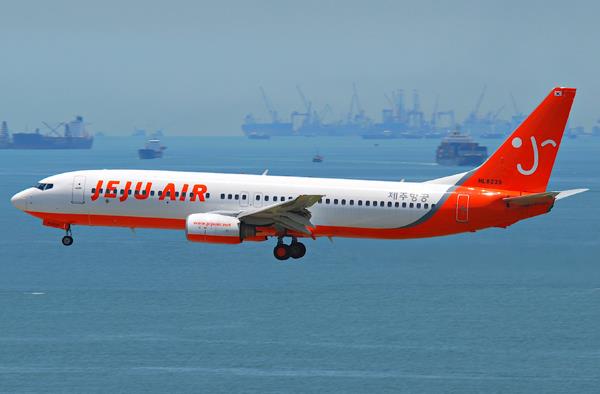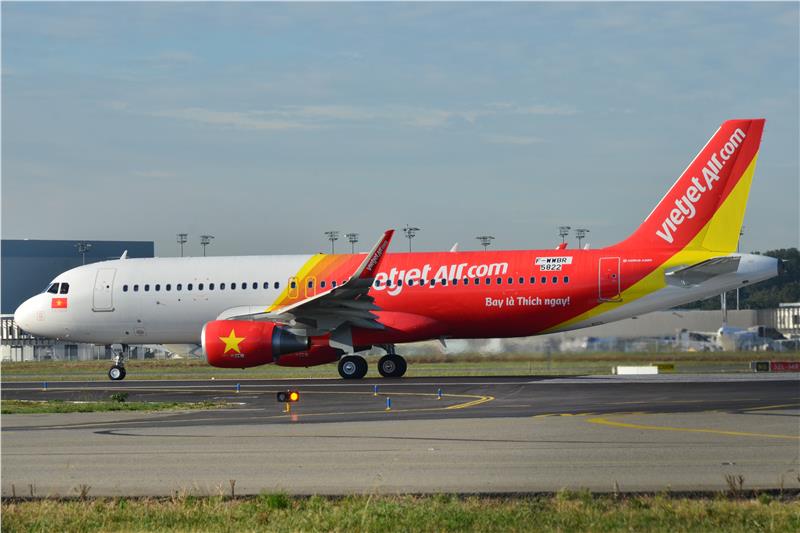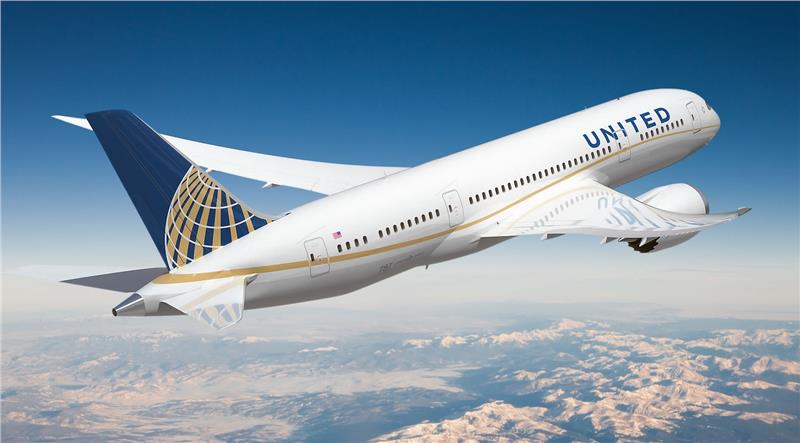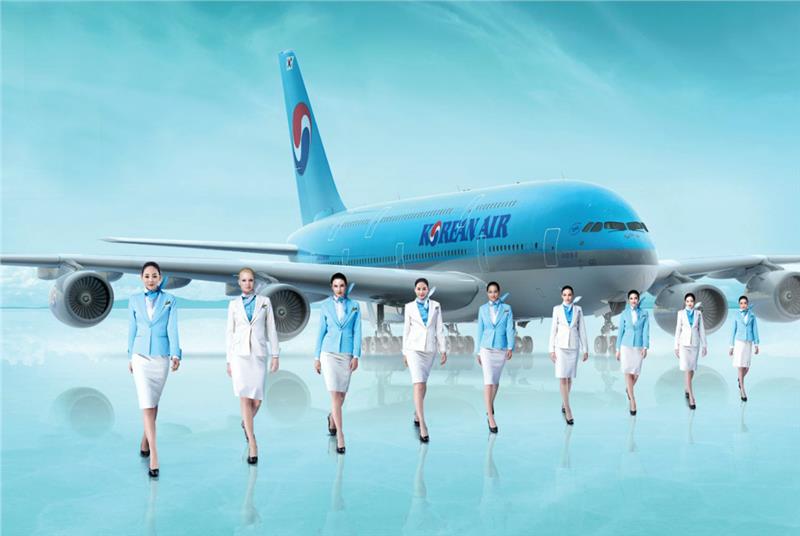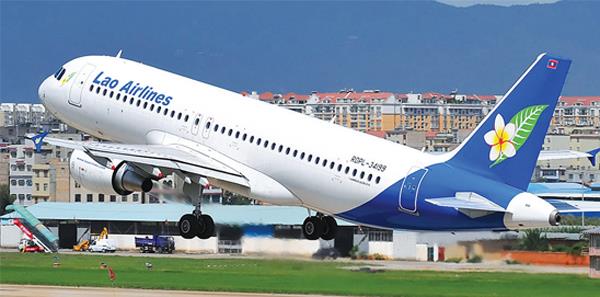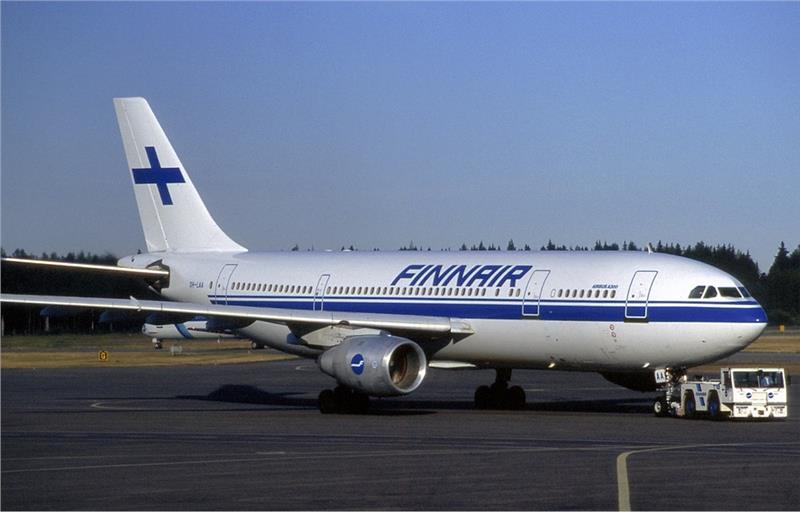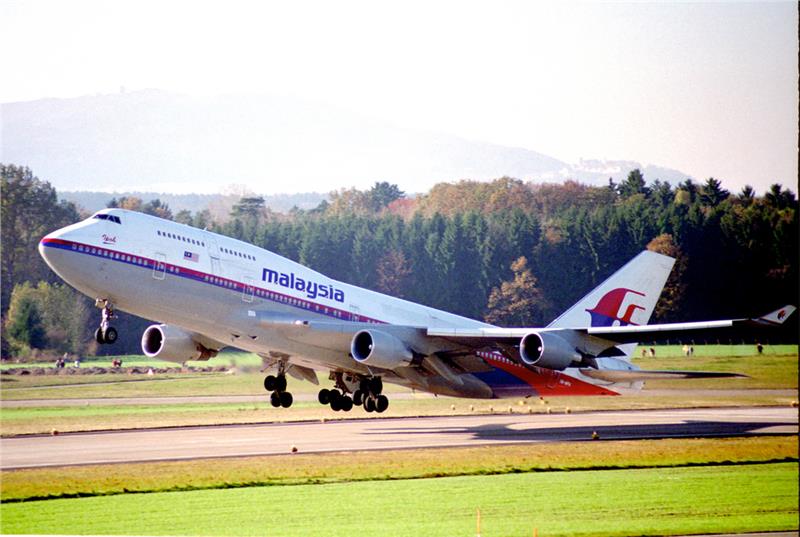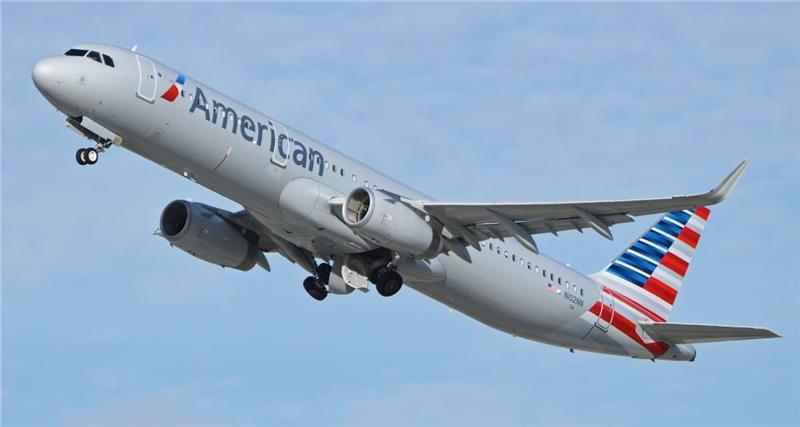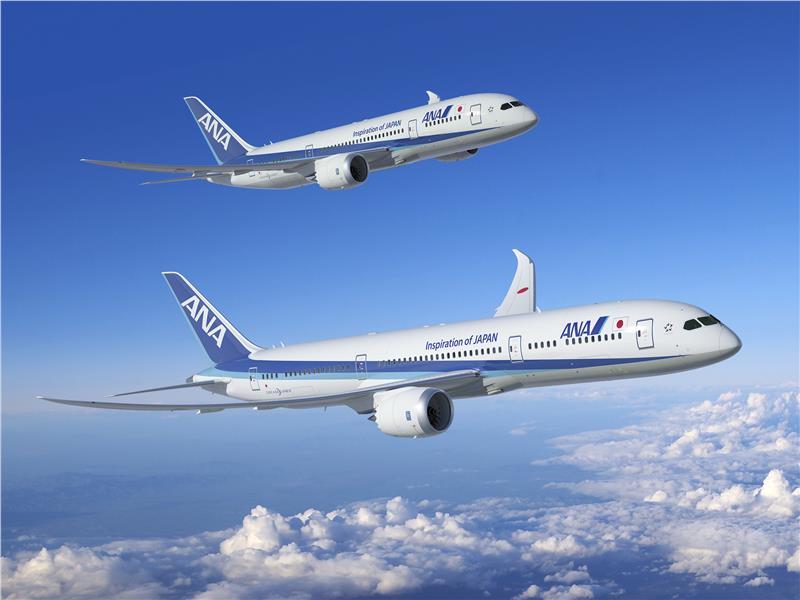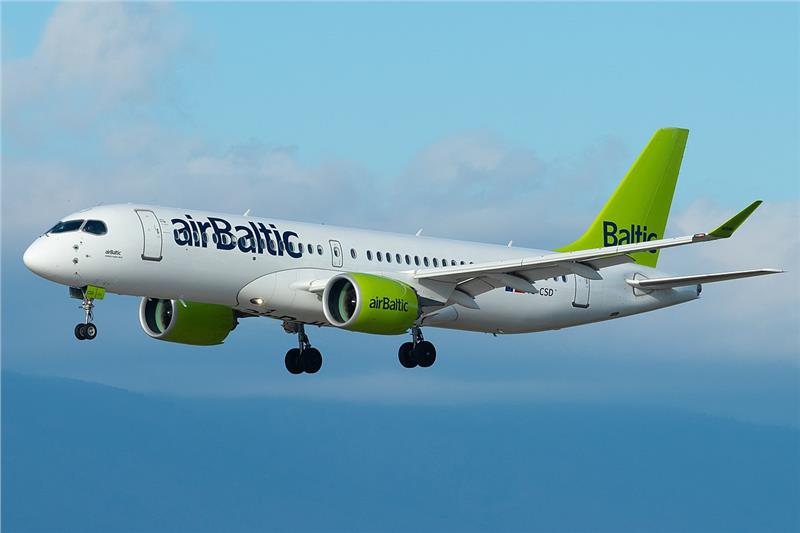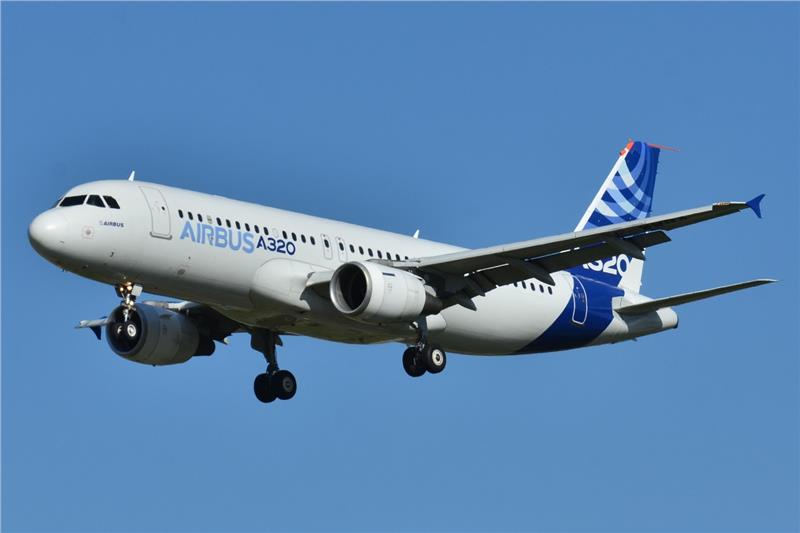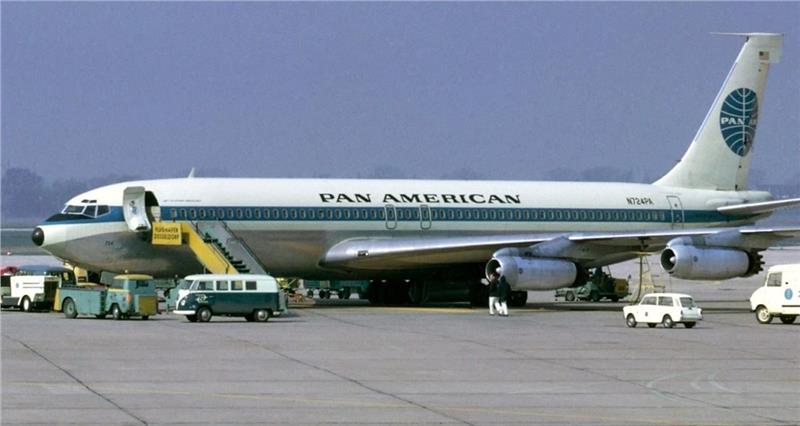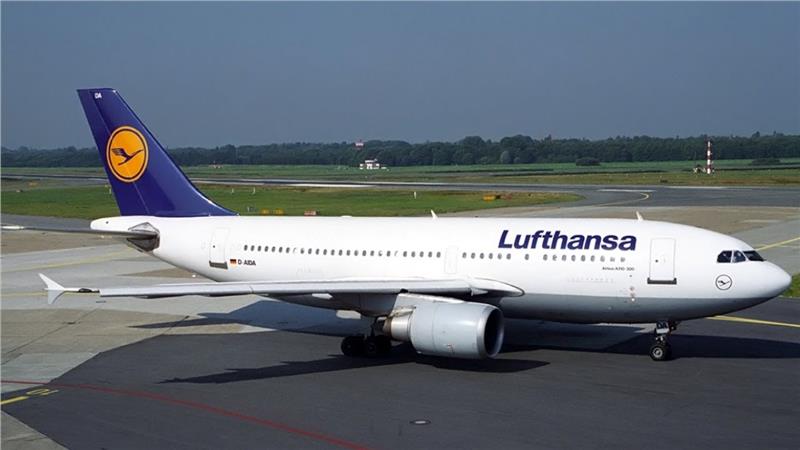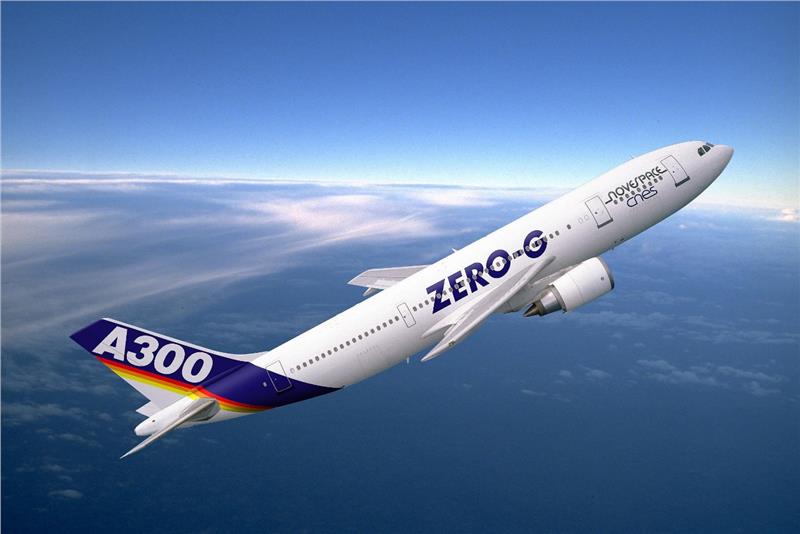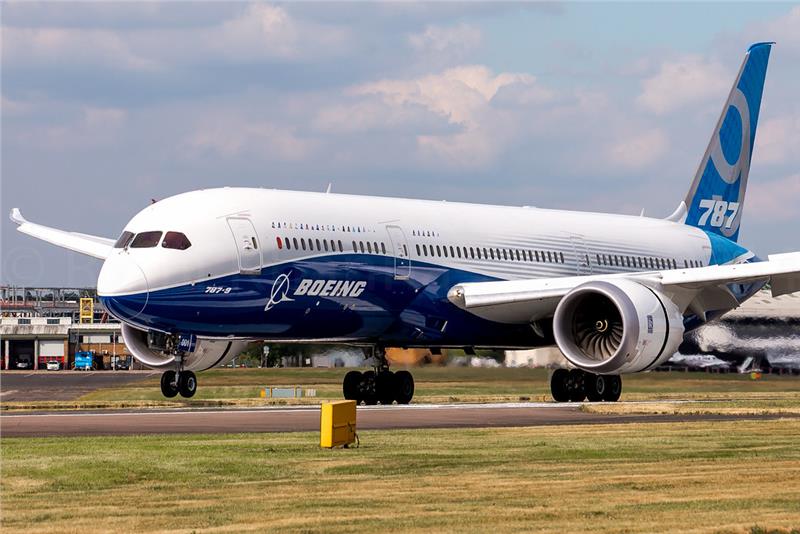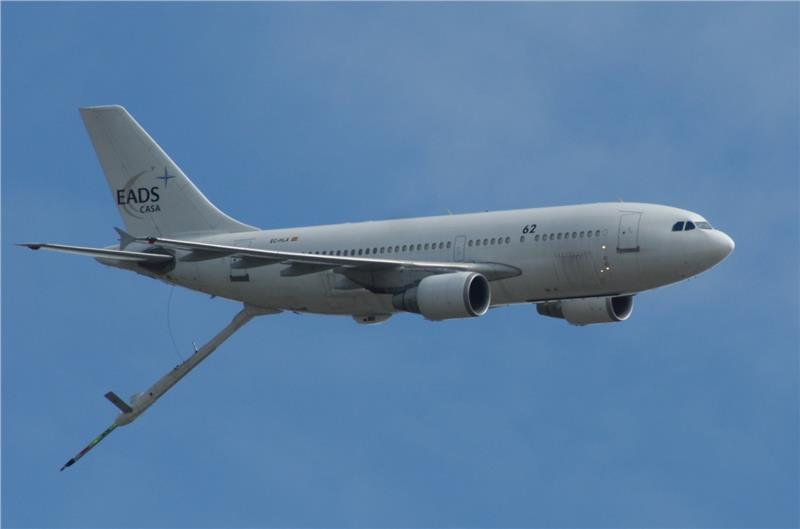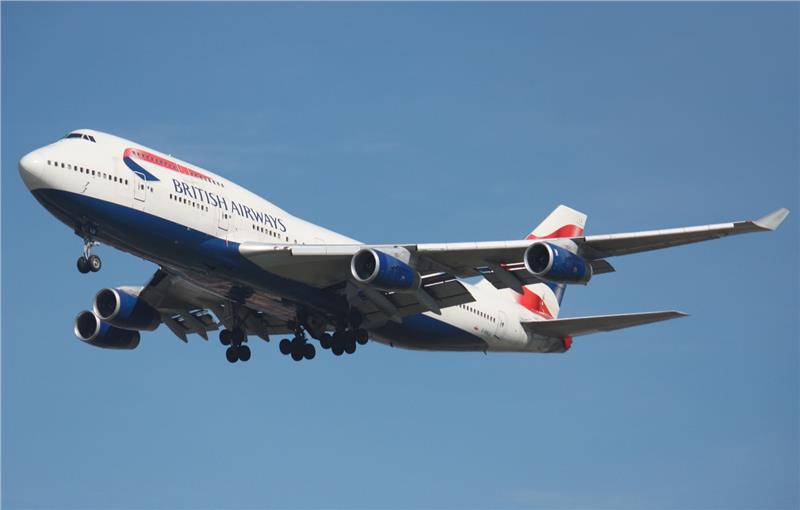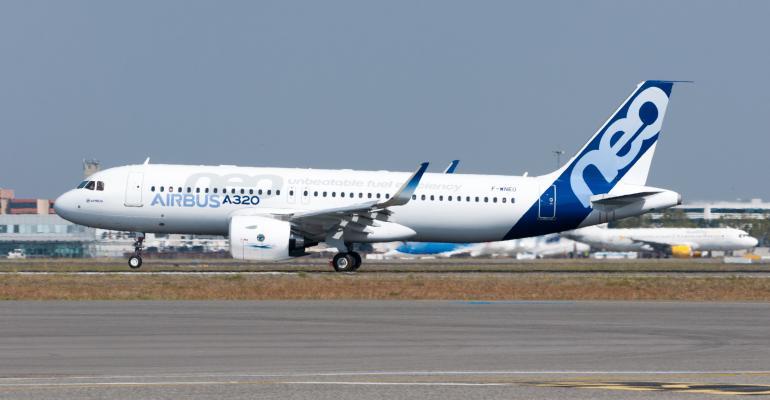Airbus Beluga, also known as Airbus A300-600ST is a version of the standard A300-600 aircraft. AloTrip will provide the most useful information about Airbus Beluga aircraft.
Airbus Beluga, also known as Airbus A300-600ST is a version of the standard A300-600 aircraft. It was modified to accommodate the aircraft parts and oversized cargo. Initially, it was officially called the Super Transporter, but the name Beluga was very common and was accepted as the official name.
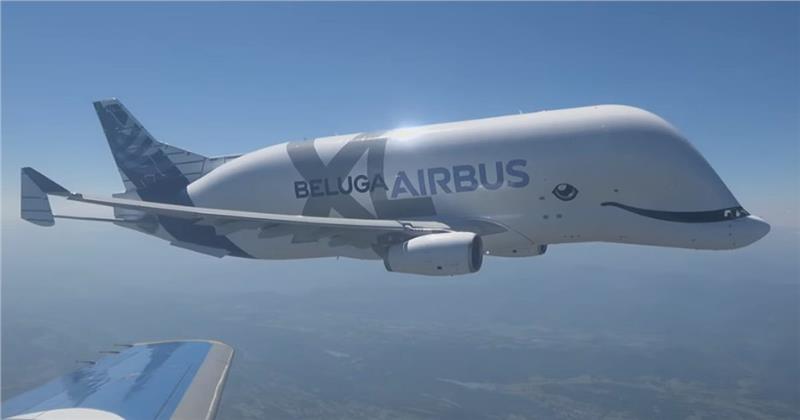
Development
In August 1991, Aérospatiale and DASA - two of the major Airbus partners, established a 50/50 joint venture company, Super Airbus Transport International that based in Toulouse, France.
In September 1992, the assembly began on the first aircraft. The first flight of which took place in September, 1994.
In October 1995, A300-600ST "Beluga” received certification from the European Aviation Safety Agency and joined the service shortly thereafter.
In November 2014, Airbus announced that it was developing a larger replacement based on the Airbus A330-200; five of which started operations from 2019.
Operational history
In January 1996, Beluga aircraft were officially put into service to transport components from various aerospace locations to the final assembly lines in Toulous, France and Hamburg, Germany.
In June 1997, a world record was set for the largest payload to be carried by an aircraft when Beluga aircraft transported a chemical tank for a merchant ship from Clermont-Ferrand to Le Havre, France.
On 24 October 1997, the last cargo plane - Airbus Industrie was retired and replaced by the new A300-600ST fleet. Also, in 1997, the second of Airbus Beluga operations, the fleet accumulated over 2500 flight hours across more than 1,400 flights.
In February 2003, a single Beluga aircraft made the longest charter flight ever, having flown for 25 hours.
In 2004, an Airbus Beluga aircraft was used to deliver relief goods to the Indian Ocean region.
In 2005, the Beluga was used for transporting humanitarian aid and medical supplies from the United Kingdom and France to the Gulf Coast of the United States after Hurricane Katrina.
In 2009, a Beluga was used to transmit the Tranquility module of the International Space Station from Turin to the Kennedy Space Center, USA.
Specifications
- Crew: 2
- Capacity: 1400 m3 (49.000 cu ft)
- Load: 47 t (103,616 lb)
- Length: 56.15 m (184 ft 3 in)
- Wingspan: 44.84 m (147 ft 2 in)
- Height: 17.24 m (56 ft 7 in)
- Frame ratio: 16.43
- Empty weight: 86.5 t (190.698lb)
- Max takeoff weight: 155 t (341.713lb)
- Cargo cross-section diameter: 7.1 m (23 ft 4 in) in cargo compartment

